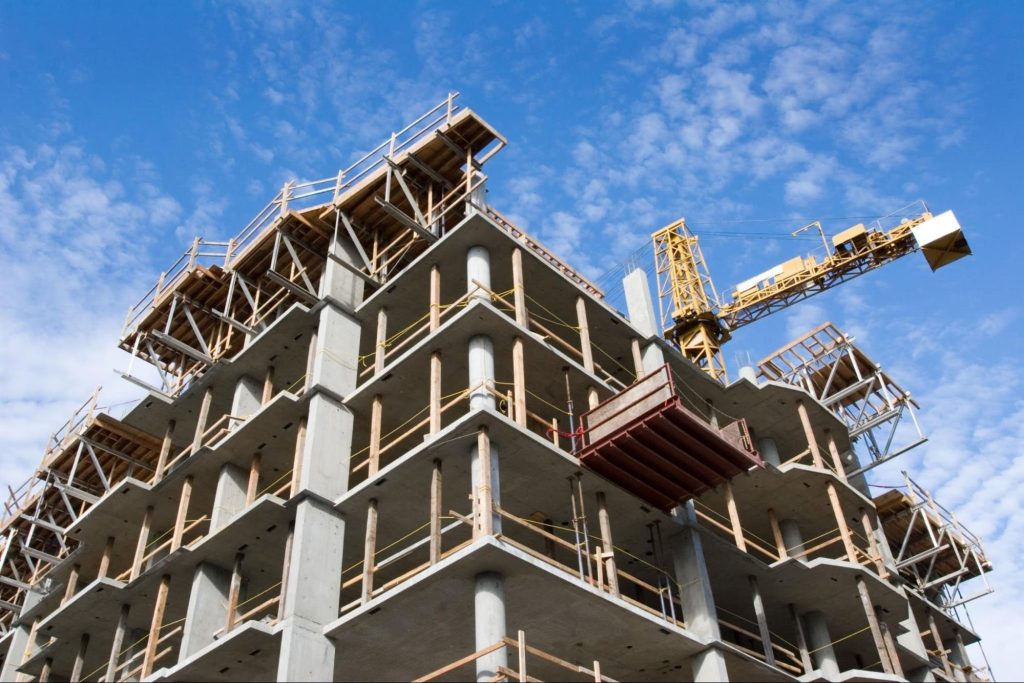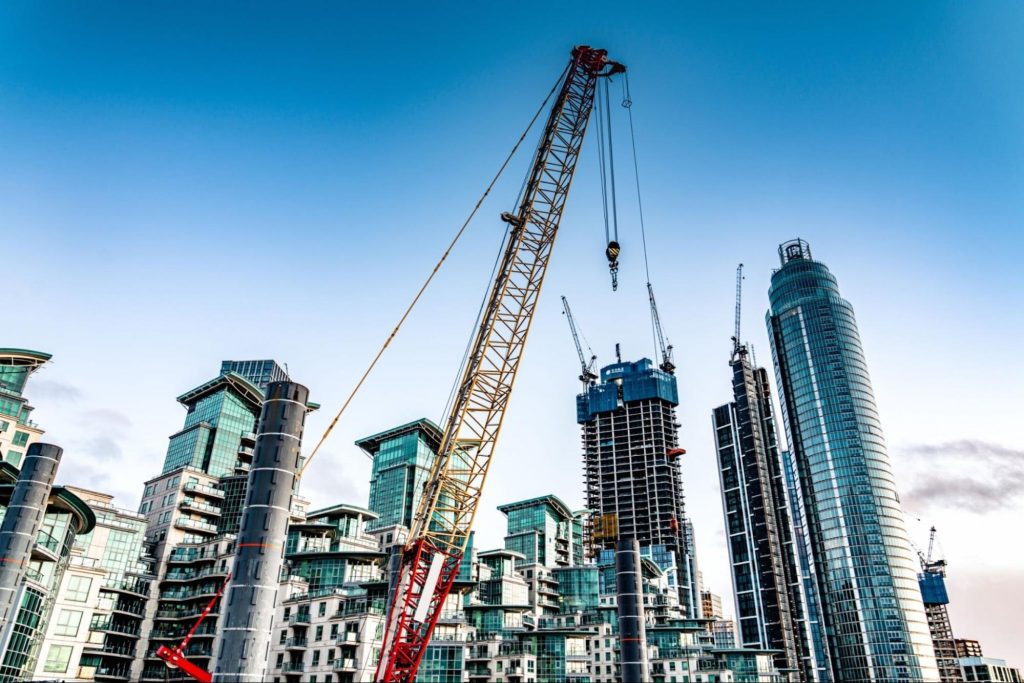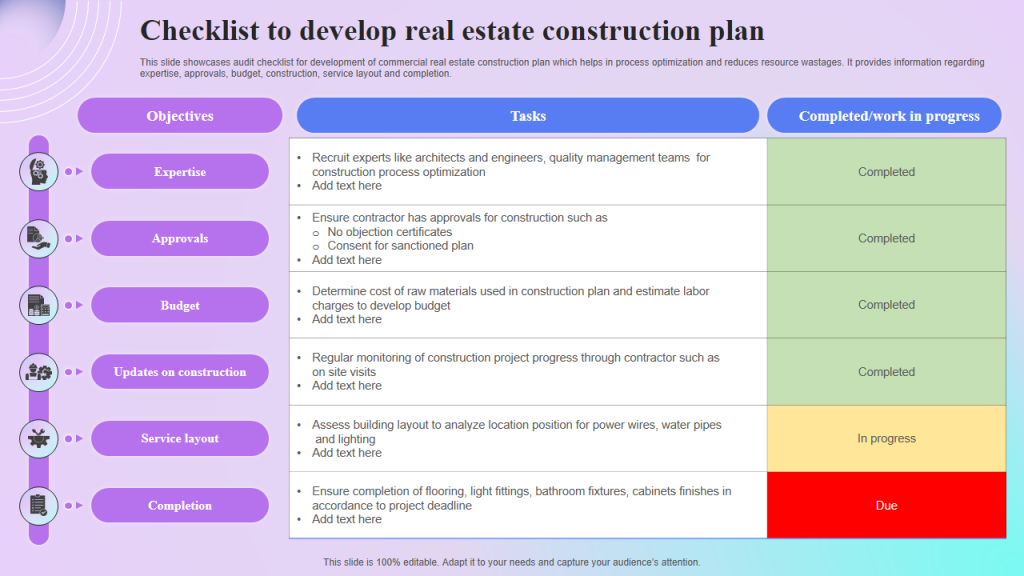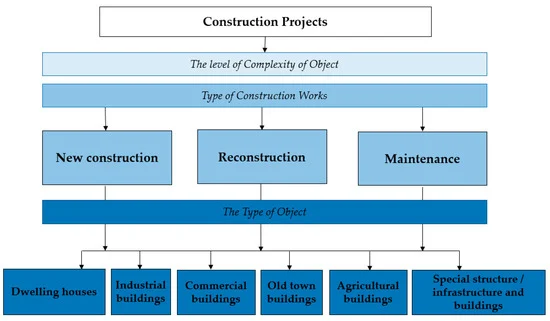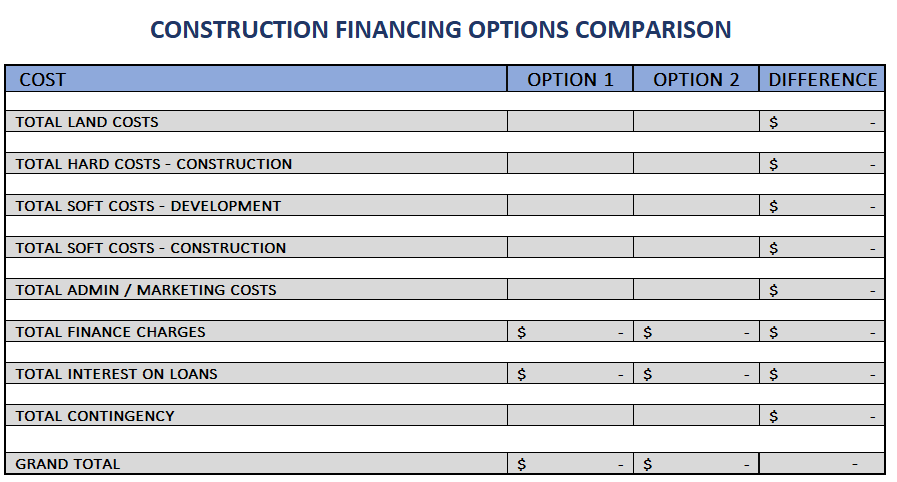Contenido local (específico de Europa): Investigación de promotores y constructores en Europa
Objetivos de aprendizaje de la lección:
- Understand the importance of researching developer reputation in Europe to ensure the selection of dependable partners with a proven track record of quality and timely project completion.
- Assess the credentials of builders, emphasizing the necessity of verifying adherence to stringent local building codes and the quality of past projects, particularly in countries with high construction standards like Germany.
- Evaluate the financial health of developers to avoid potential investment risks associated with financially unstable parties, especially in countries like Italy and Portugal where financial volatility is more common.
- Conduct comprehensive neighborhood and local market research, including future development plans and market trends, to assess the long-term investment potential of new construction properties.
- Perform a detailed financial and risk analysis for new construction investments, considering factors like pre-construction pricing, financing options, and the risks associated with project delays.
7.1 Developer and Builder Research in Europe
When investing in new construction homes or condos in Europe, understanding the reputation and reliability of the developer and builder is essential. Researching these companies can prevent future problems and ensure that the property is delivered on time and up to standard.
- Developer Reputation
Investors should look into the track record of the developer. In countries like Spain y France, developers with a strong history of delivering quality projects on time are more trustworthy. Check reviews from previous projects and ensure that the developer is financially stable to avoid delays or incomplete developments. - Builder Credentials
El builder’s credentials are equally important, as they directly impact the quality of construction. In countries such as Germany, where construction standards are particularly high, it is crucial to verify that the builder adheres to local building codes and regulations. Request references from past projects to assess the quality of the work delivered. - Developer’s Financial Health
It is crucial to investigate the financial health of the developer. In countries like Italy y Portugal, some developers have faced financial difficulties, leading to stalled or unfinished projects. Look into any public filings or credit ratings to gauge the company’s ability to complete the development as promised.
Cifra: Checklist to Develop a Real Estate Construction Plan
Descripción:
This checklist provides a comprehensive framework for developing a commercial real estate construction plan, covering six key objectives: Expertise, Approvals, Budget, Updates on Construction, Service Layout, and Completion. Tasks include recruiting qualified teams, ensuring approvals, estimating costs, monitoring progress, analyzing building layouts, and completing final finishes. Each task is color-coded to show its status: Completed (green), In Progress (yellow), or Due (red). This visual representation helps track progress and ensures systematic planning.
Conclusiones clave:
- Expertise, Approvals, and Budget tasks have been successfully completed, demonstrating early-phase planning efficiency.
- Updates on construction are regularly monitored, ensuring project adherence to timelines.
- Service layout assessment is still in progress, requiring further evaluation of power and water placements.
- Completion tasks, including flooring, fixtures, and finishes, are marked as due, highlighting the need for urgent action.
- The checklist promotes efficient resource allocation and clear accountability through task categorization and status updates.
Application of Information:
This checklist is essential for project managers, construction teams, and real estate developers to organize tasks, track progress, and meet deadlines in construction projects. It also serves as a tool for identifying bottlenecks (e.g., overdue tasks) and ensuring resource optimization. For learners, this example emphasizes the importance of systematic planning and task prioritization in managing large-scale projects.
7.2 Property-Specific Research in Europe
New construction homes and condos come with certain advantages and risks. Conducting property-specific research is necessary to understand the full potential of the investment.
- Quality of Construction Materials
In Europe, construction materials can vary greatly depending on the country and region. For example, new condos in Switzerland often use high-quality materials due to strict building codes, while other countries may allow cheaper alternatives. Ensure that the materials used meet European standards for energy efficiency and durability. - Property Amenities
European new developments often come with modern amenities, such as energy-efficient systems, smart home technology, or shared recreational spaces. In cities like Amsterdam y Barcelona, look for features that appeal to renters or buyers, such as sustainable design or proximity to public transit. - Warranty and Insurance
In Europe, many new construction homes come with a builder’s warranty, covering structural defects for a specific period. In Germany y the U.K., this warranty often lasts 10 years, providing peace of mind for investors. Make sure the property is insured properly to cover construction-related risks.
Cifra: Hierarchy of Construction Projects
Descripción:
This hierarchical diagram outlines the structure of construction projects, categorizing them by complexity, type of work, and object type. The top level focuses on complexity and then branches into three major construction work categories: New Construction, Reconstruction, y Maintenance. Each category further subdivides into specific object types such as Dwelling Houses, Industrial Buildings, Commercial Buildings, Old Town Buildings, Agricultural Buildings, and Special Structures/Infrastructure. This framework illustrates how construction projects are organized and classified based on purpose and type.
Conclusiones clave:
- Construction projects are organized by complexity levels and the type of work required (new, reconstruction, or maintenance).
- Specific object types include residential, commercial, industrial, and special-purpose buildings, covering diverse construction needs.
- Reconstruction often applies to existing structures like Old Town Buildings, while new construction focuses on modern developments.
- The chart provides a clear roadmap for classifying construction projects, aiding in resource planning and execution.
- Understanding these categories helps streamline construction workflows and align projects with appropriate expertise.
Application of Information:
This framework is vital for construction planners, architects, and project managers to classify projects effectively, determine required resources, and allocate expertise. Learners can use this model to understand how construction projects are structured and categorized, which is critical in real estate development, urban planning, and sustainable construction practices.
7.3 Neighborhood and Local Market Research in Europe
Understanding the local market and neighborhood for new construction properties is essential to determining the long-term potential of the investment.
- Future Development Plans
It is important to research future infrastructure projects in the neighborhood. For example, in Paris y Madrid, areas undergoing development near new metro lines or commercial centers often see significant property value appreciation. Investigate local government plans for roads, parks, and other amenities that may improve the area’s desirability. - Property Market Trends
Study local market trends to see if the area is in demand or undergoing gentrification. In European cities like Berlin y Vienna, new construction in up-and-coming neighborhoods can result in strong rental demand and property value increases. Understanding historical property price trends can help you predict future market movements. - Environmental Factors
Europe has strict regulations regarding environmental impact, and properties near green spaces o energy-efficient zones may see higher demand. In cities like Stockholm y Copenhagen, eco-friendly developments are more attractive to both renters and buyers.
7.4 Financial and Risk Analysis in Europe
To determine if a new construction home or condo is a sound investment, a thorough financial analysis is necessary.
- Pre-Construction Pricing
Pre-construction pricing often offers a discount compared to market value once the property is completed. However, in cities like London y Rome, where property markets are competitive, pre-construction prices may still be high. Compare current market prices to ensure that you are receiving a fair deal and estimate potential capital gains upon project completion. - Financing New Construction Properties
In Europe, financing for new construction properties can differ from resale properties. Many banks in countries like France y Germany offer construction loans that cover the building phase. Check with lenders to understand financing options and ensure that the developer has arrangements with reputable financial institutions. - Risks of Project Delays
New construction projects carry the risk of delays. Factors such as supply chain issues, regulatory changes, or financial instability can cause projects to be postponed. In Spain, for example, some projects have been delayed due to bureaucratic red tape. Always factor in potential delays when calculating return on investment timelines.
- Pre-Construction Pricing
Cifra: Construction Financing Options Comparison
Descripción:
This table provides a detailed comparison of financing options for construction projects, breaking down costs into categories such as land costs, hard and soft construction costs, admin/marketing costs, finance charges, interest on loans, contingencies, and grand total. Two financing options are compared side by side, with a difference column highlighting the cost variation between them. This structured approach helps stakeholders evaluate and select the most cost-effective financing option for a project.
Conclusiones clave:
- The table categorizes costs into land acquisition, construction expenses, development, and administrative costs, ensuring a comprehensive financial overview.
- Hard costs refer to direct construction expenses, while soft costs include development, administrative, and marketing expenses.
- A difference column allows for quick identification of cost disparities between the two options, aiding in decision-making.
- El grand total row consolidates all costs for a clear comparison, ensuring informed financial planning.
Application of Information:
This table is essential for developers, project managers, and financiers to compare multiple financing options and select the one that aligns best with project budgets and goals. For learners, this demonstrates the importance of cost breakdowns and side-by-side comparisons in financial decision-making for large-scale projects.
Información clave de la lección:
- A reliable developer is fundamental to the success of real estate investments, where a history of timely and quality project deliveries significantly reduces investment risks.
- El builder’s credentials directly impact the structural integrity and quality of the construction. Ensuring compliance with local standards and verifying past project successes are essential steps in the selection process.
- A comprehensive real estate construction plan checklist ensures that all aspects of project development are meticulously planned and monitored, facilitating timely and on-budget project completion.
- Entendiendo el dynamics of the local market and neighborhood is vital for forecasting the long-term value and demand for new constructions, influencing investment decisions based on potential appreciation.
- Financial and risk analyses are essential for navigating the complexities of financing new constructions and anticipating potential delays, ensuring informed decision-making and strategic planning to maximize returns.
Frase de cierre:
Mastering developer and builder research is crucial for securing profitable and risk-managed investments in Europe’s new construction market. This section provides you with the tools and knowledge necessary to evaluate key players, manage construction plans, and assess financial and market conditions effectively.

